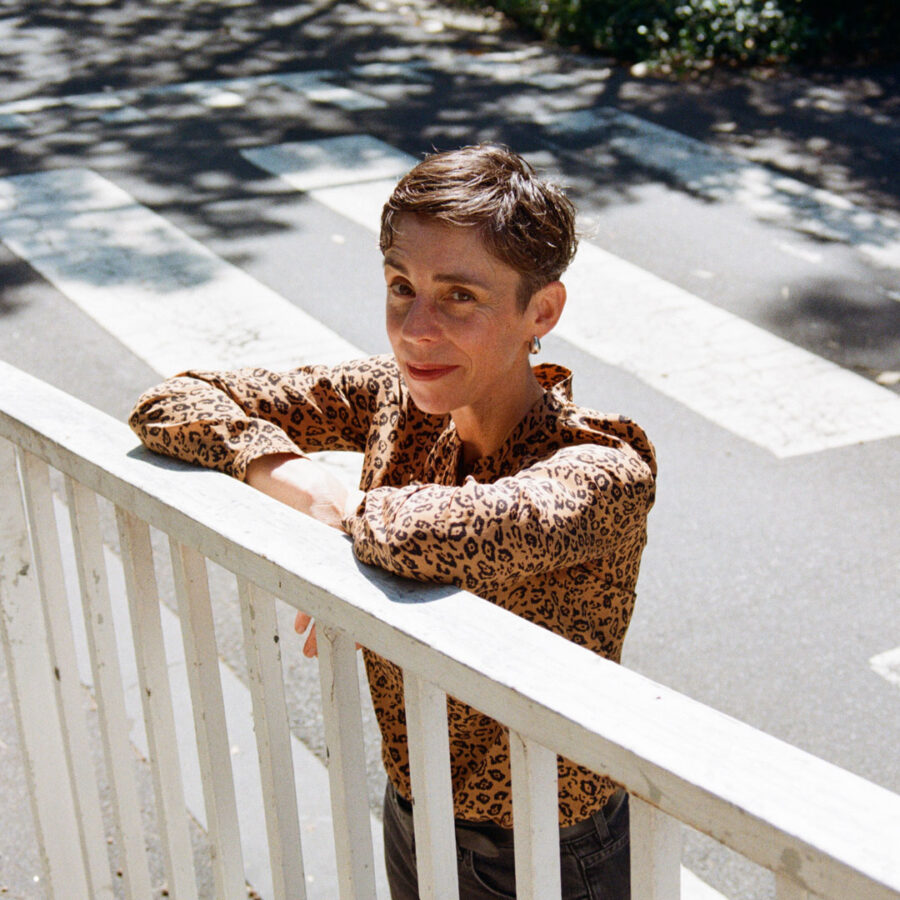Dear readers,
This is my final missive as editor of the Sydney Review of Books. James Jiang has stepped into the role and brings with him a fierce commitment to public criticism, to literary studies, and to Australian literature in its many forms. I welcome him to the Sydney Review of Books with every confidence in his judgement and a great sense of anticipation.
I have, over the past few months, been scrolling through the Sydney Review of Books back catalogue, now home to over a thousand critical essays, and hundreds more on manifold themes. I’ve been doing so because in February, the ten-year anniversary of the launch of the SRB came and went very quietly. If a decade is a long time in the life of any journal, in the distorted temporality of the internet, it’s an epoch, one that we intend to mark by the publication of an anthology later this year.
Any anthology is a narrative. Figuring out what kind of story to tell about the Sydney Review of Books has been a knotty problem. A greatest hits compilation would undermine my oft-iterated insistence that good criticism must offer more than a ranking system. And that’s leaving aside the practicalities. How could an editor possibly single out one group of essays as the best at the expense of so many others, when most essays are the result of close collaboration between editor and writer? The air is clouded by affinity, sensibility and other forms of attachment. Sydney Review of Books traffic statistics do yield lists of the most-read or most-shared essays published over the last ten years. Such lists, however, hardly align with my sense of the deeper value of our program, which is cumulative; to measure it, I’d prefer to discard the yardstick of excellence and conjure instead an instrument, or perhaps a reader, calibrated to eclecticism and originality, to provocation, pleasure and surprise.
Had I not been so preoccupied with the question of how to account for the multifarious program of the Sydney Review of Books in a table of contents, I might have thought to nominate a series of highlights in this final editorial, as if I were acquitting a grant. As I now return to essays published half a decade ago, I have little enthusiasm for an uninterrupted string of high-kicking showstoppers. Big, bold essays are revitalised when they’re read alongside quieter work; reading across the archive, I find new relevance to pieces I thought I knew well, new contexts for the work of writers whose practice has taken unexpected turns. I enjoy loitering in this hall of mirrors; it’s been one of the joys of my time at the Sydney Review of Books, a joy to which I have been restored in compiling an anthology. The forthcoming collection will capture only one itinerary through the archive, indeed only one of my many itineraries, and I hope it emboldens readers to return to essays that have made claims on their attention over the years.
I’ve been fortunate to work with the best critics and writers in the country during my time at the Sydney Review of Books. When I say the best writers, I mean the most interesting, the keenest, the most original and startling and careful and courageous writers. (By the best writers, I also mean the best readers; to be a critic – or an editor – is first and last to be an attentive reader.) I thank Sydney Review of Books contributors for their trust in me, and for their willingness to read and to write in ways that make our shared literary culture bigger.
The Sydney Review of Books is published by a very small team, and yet somehow I got lucky and have been able to work with some of the smartest and most amiable folks in the business. Thank you to Ilhan Abdi, Andrew Brooks, Ben Denham, Alice Desmond, Iman Etri, Suzanne Gapps, Alice Grundy, Eda Gunaydin, Melinda Jewell, Ellen O’Brien, Chris O’Donoghue, Huyen Hac Helen Tran, Louise Sheedy and Tiffany Tsao. I also owe a particular debt of thanks to James Ley, the founding editor of the Sydney Review of Books, for his support and counsel, as well as for the peerless critical essays he continues to write for the journal.
The Writing and Society Research Centre at WSU is the home of the Sydney Review of Books, and provided the impetus for its establishment in 2013. I’m grateful to my brilliant WSRC colleagues for their rigorous intellectual support, of course, for their camaraderie and kindness, but also for what they have revealed to me about literature as a form of knowledge and a means of understanding the world. As my sense of the possibilities of literature and critical culture expanded, so too did the ambition and range of the Sydney Review of Books. My thanks to Felicity Castagna, Ben Etherington, Kate Fagan, Chris Fleming, Ivor Indyk, Anne Jamison, Gail Jones, Peter Hutchings, Matt Maguire, Rachel Morley and Anthony Uhlmann. I’m grateful too to members of the SRB Advisory Board for their steady guidance; Debra Keenahan, Dolla Merrilees, Sheila Ngoc Pham, Gabrielle Trainor, John Vallance and Terri-ann White. Countless friends, too many to mention, have helped to think through not just the quotidian challenges of running a journal but also the ethical and political dimensions of the role. I’ve been sustained by these conversations. Many contributors and peers in the sector have become friends as our exchanges about literature, about the working lives of writers and the worlds we live and work in, have slipped over the edges of essays and emails.
I was an avid reader of the Sydney Review of Books before I was appointed editor and I happily return to the fold now. My final thanks are to readers for the attention, both to the Sydney Review of Books and to literature, which has made this whole enterprise possible.
Best wishes,
Catriona
